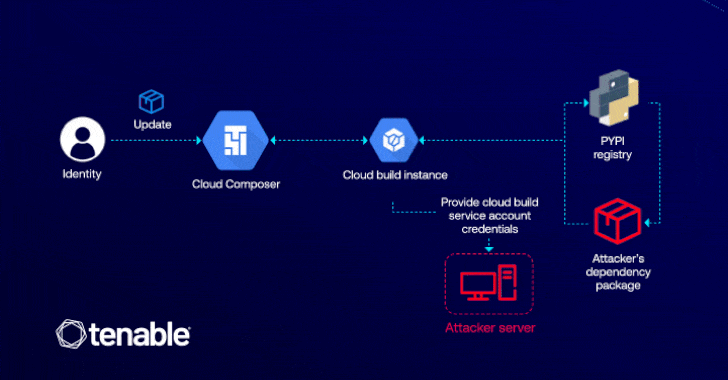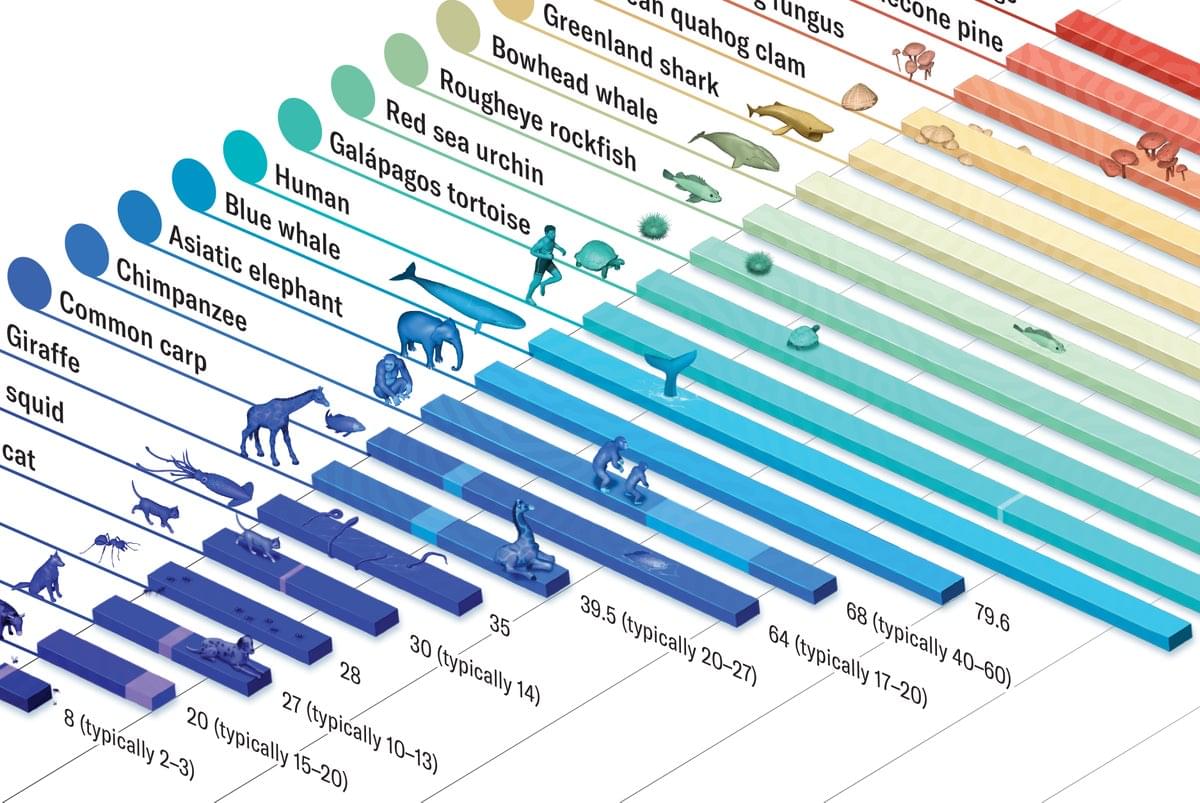UPNA researchers created a 3D mid-air display allowing natural hand interaction with virtual objects using an elastic diffuser and high-speed projections. Dr. Elodie Bouzbib from the Public University of Navarra (UPNA), together with Iosune Sarasate, Unai Fernández, Manuel López-Amo, Iván Fernánd
Category: futurism – Page 111





“Whitest paint on record“ reflects 98 per cent of sunlight to cool buildings
Researchers at Purdue University have developed an “ultra-white” paint that reflects 98 per cent of sunlight and deflects infrared heat, allowing buildings to cool below the surrounding air temperature.
The paint, which the university describes as the “whitest paint on record”, owes its cooling power to barium sulphate – a pigment derived from the mineral barite – and reflects up to 98.1% of sunlight.
Unlike the titanium dioxide used in traditional white paints, which absorbs UV light, the barium sulphate is also capable of deflecting infrared heat away from the surface to which it is applied.


Martine Nida-Rümelin — The argument from understanding for property dualism about experiential …
Pure experiential properties are properties of experiencing subjects that are purely phenomenally constituted: to have such properties is exhausted by the way it is like to have them. A thinker who is acquainted with such properties by having them is in a position to form phenomenal concepts of such properties, concepts in terms of the way it is like to have them.
Certain phenomenal concepts of experiential properties are nature-revealing: the thinker having such concepts has full access to what it is to have the property the concept is used to attribute. This is the thesis of phenomenal essentialism, the starting point of an argument for dualism about experiential properties which will be developed in the talk. According to the dualist thesis at issue to have an experiential property does not consist in the fulfillment of any physical condition.
Full Title: The argument from understanding for property dualism about experiential properties.
Heisenberg Uncertainty: They Built This to Outsmart Reality — You Won’t Believe What It Can Do
Two tiny aluminum drumheads. A temperature colder than space. And a secret experiment that’s changing everything we thought we knew about reality. In this video, we reveal the mind-blowing story behind the Quantum Drum Experiment — where scientists pushed the limits of the Heisenberg Uncertainty Principle and opened a portal to a new era of quantum measurement. With fog swirling in a cryogenic chamber, these drums don’t just make sound — they bend the rules of the universe.
Stick around till the end to see how this could impact your future.